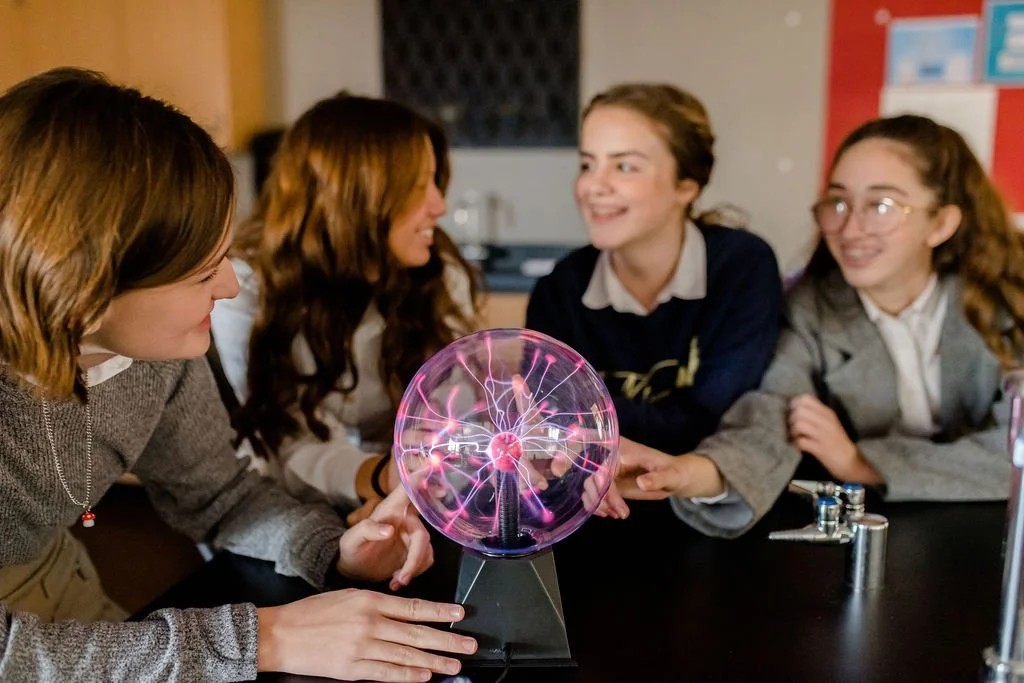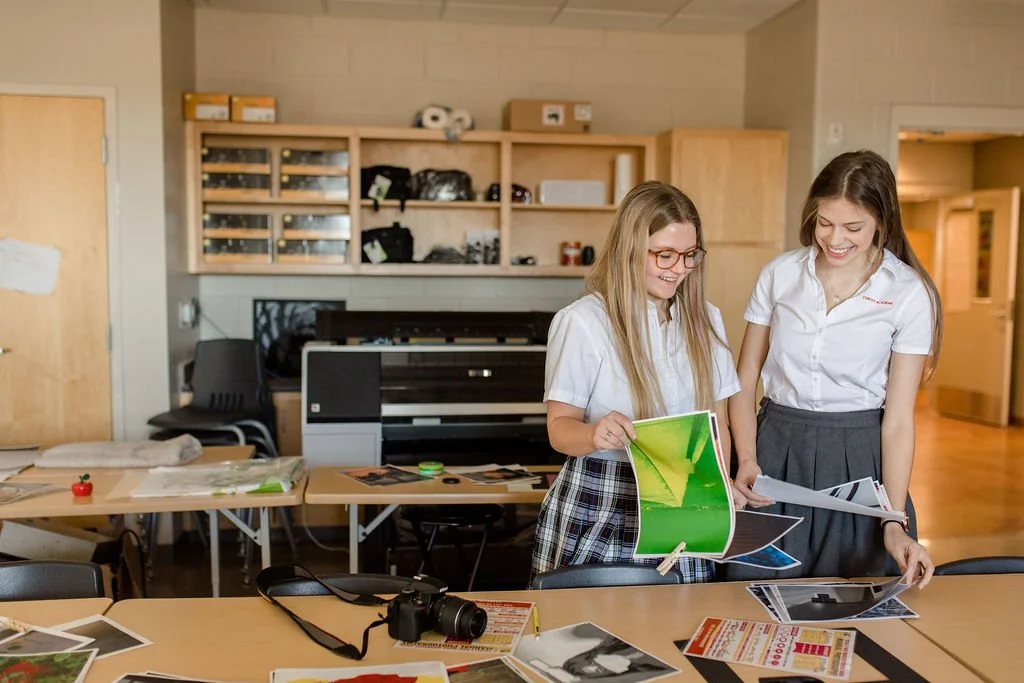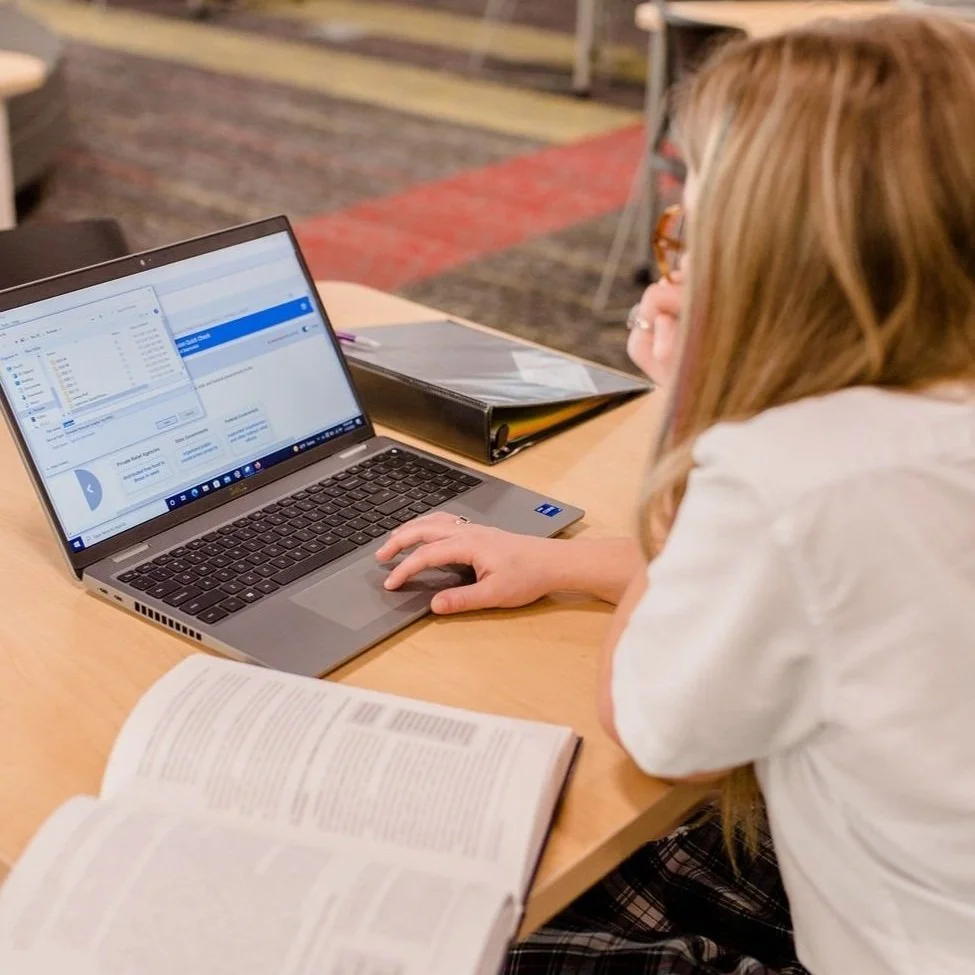Blended learning models
Web-supported
Curriculum that is designed so that an on-campus teacher provides the primary means of instruction and utilizes an online component to supplement learning.
web-based
Curriculum that is designed to provide all course content through an online platform and is delivered by an on-campus or off-campus teacher.
SOFT SKILLS
Both Web-Supported + Web-Based models are designed to help students develop soft skills including:
Agility + Adaptability: Learning skills are more important than tech skills.
Accessing + Analyzing Information: Students must process information from various sources effectively.
Curiosity + Imagination: Students must be inquisitive and able to ask important, pertinent questions.
Creativity: Design thinking is more essential in the workforce than ever.
Critical Thinking + Problem Solving: We expect students to ask good, pertinent questions using their analytical skills and resilience.
Effective Oral + Written Communication: We expect communication to be clear, concise, and focused.
Collaboration + Leadership: Students must be able to influence and lead others especially in virtual teams.
Initiative: Students must be able to take initiative with the ability to fail and recover.
flexibility is key
WEB-SUPPORTED
-
Teachers deliver most of their curriculum in a brick-and-mortar classroom. The teacher uses online learning in a case-by-case basis to supplement or remediate the student.
-
Stations allow students to rotate within a contained classroom or group of classrooms. At least one of the stations contains an online learning component. All students rotate through all of the stations.
-
Students participate in online learning off-campus instead of traditional homework and then attend the brick-and-mortar school for teacher-guided practice and projects.
-
Labs such as studio art, model rocketry, and 3-D printing provide hands-on learning opportunities that are student-driven, allowing for individual and group exploration, discovery, and creative problem-solving.
flex model
web-based
The Flex Model allows both asynchronous and synchronous instruction while teachers monitor student progress and provide accountability for appropriate pacing. Course instruction is designed so that online learning is the backbone of student learning, even though it directs students to offline activities at times.
-
Instruction does not happen at the same time.
Off-campus possibilities
Flexibility in time and place
Teacher support to develop independence and self-regulated learners
Individual or group activities
Well-designed, appropriate learning tasks
Practice, discussion, information processing and study, and assignment production
-
Instruction happens at the same time.
On-campus possibilities
Provides face-to-face interpersonal communication with teachers and peers
Enables social activities
Discussion of content, ideas, and insights
Presentations
Group learning activities
Face-to-face personal assistance
Why Blended Learning Works
The future workforce
Our blended learning model closely matches the predictions for a hybrid workforce with a demand for flexibility in place, time, and delivery of work. The future workforce will include:
-
Face-to-face interactions encourage and cultivate creativity and allow time for management matters.
-
Quiet time is needed for more focused activities such as writing reports, accounting, or design creation.
-
Open-plan workspaces accommodate both face-to-face and singular activities. The workspace, much like our Blended Learning Center, should include an open floor plan, meeting rooms, and smaller, shared workspaces, according to Nicholas Bloom.
Nicholas Bloom - Stanford University, I’ve Been Studying Work-from-Home for Years. Here’s What’s Coming.




